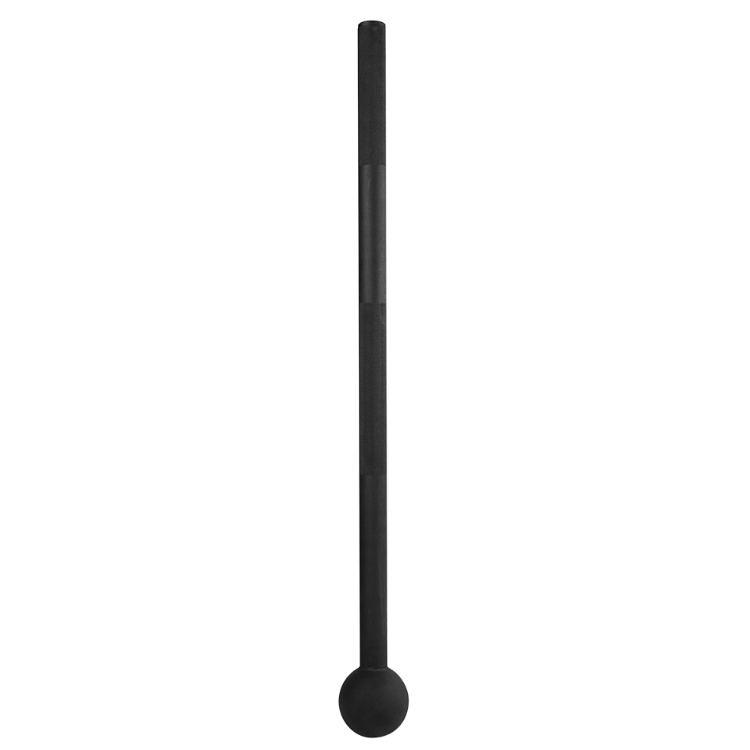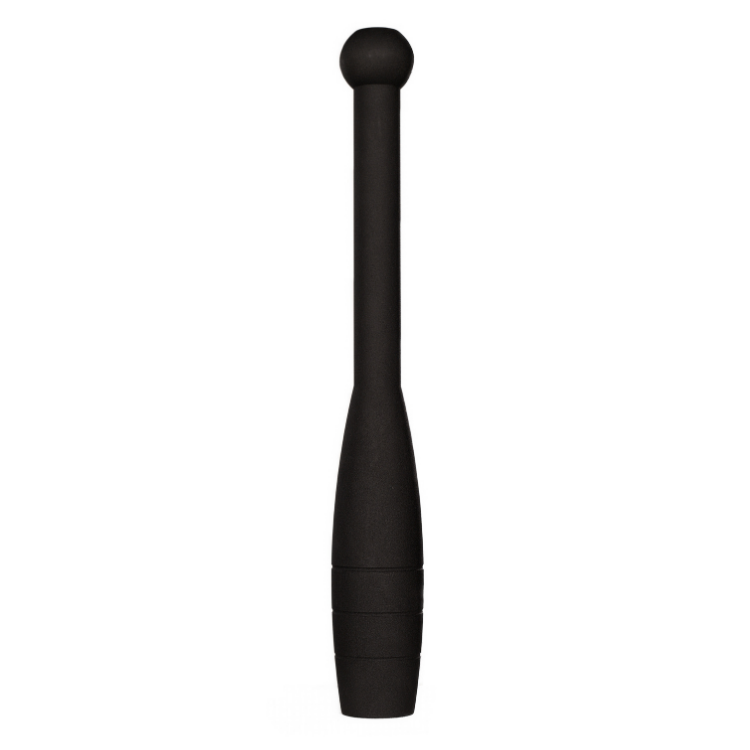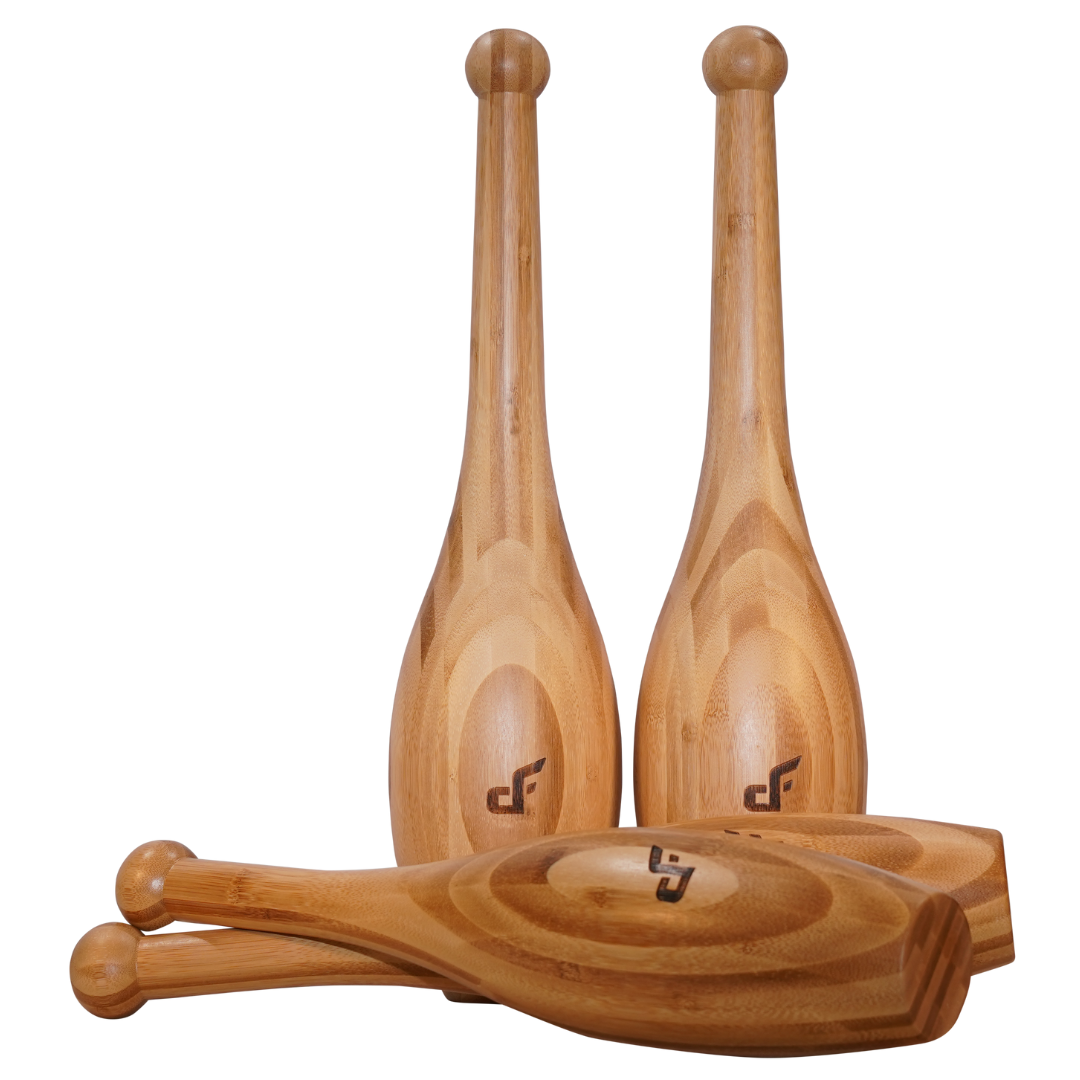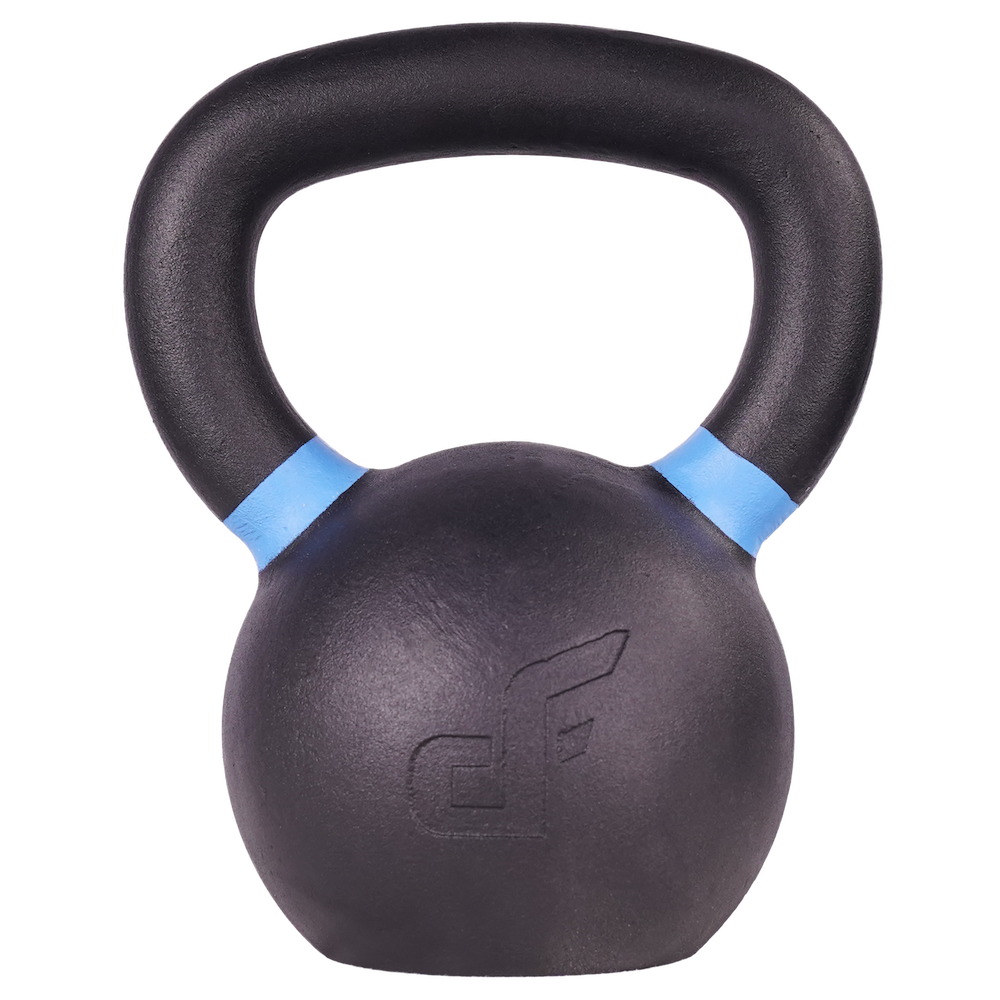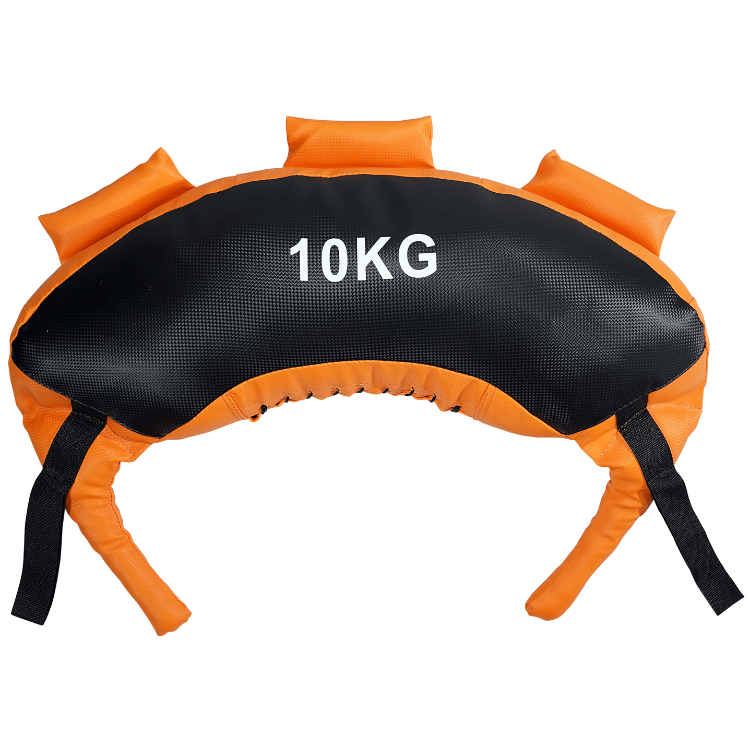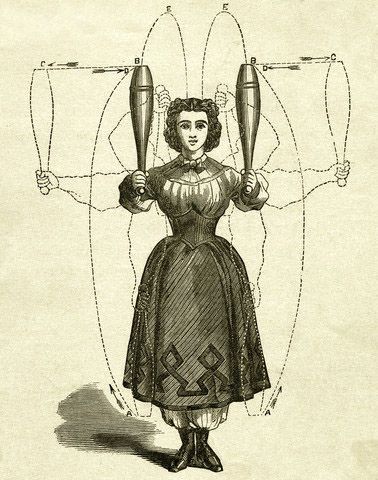
Stand tall with an upright posture keeping your chest proud and shoulders packed and retracted.
The stance you use will be dependent on the exercise that your’e performing.
The military stance is most commonly associated with (light) Indian club training and dates back to the Victorian age from when the British military stationed in India, this stance is used for light swinging upper body circular movements.
The military position reduces your base of support by placing your feet together with toes pointing outwards.
When swinging clubs in the military stance the whole body remains vertical without any rotation from the head, shoulders or hips.
With less stability from the legs there is greater demand on your core to engage to control and stablise the movement of the arms.
This stance is more suited to upper body light club swinging movements but not very effective for heavy club training.
Training with heavy steel clubs will pull your body from side to side as you’re swing the club/s across and around the body, if your feet are too close together you’ll be pulled off balance.
Therefore, the military stance is limited to upper body light Indian clubs exercises, with a wider more athletic stance used with heavy steel clubs.
For lower body exercises that involve knee flexion or hip flexion, pointing your toes forwards will ensure your knees track your toes and remain in a strong and stable position.

